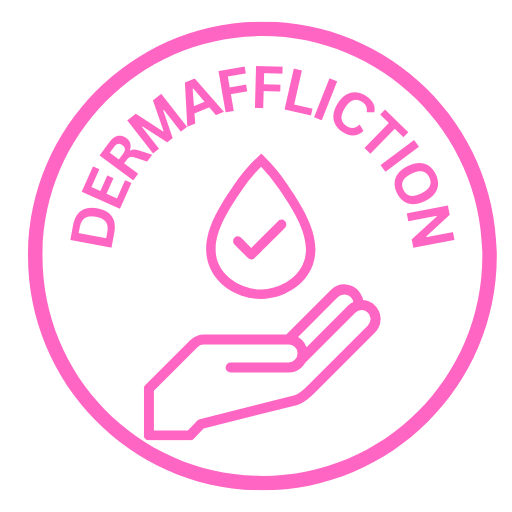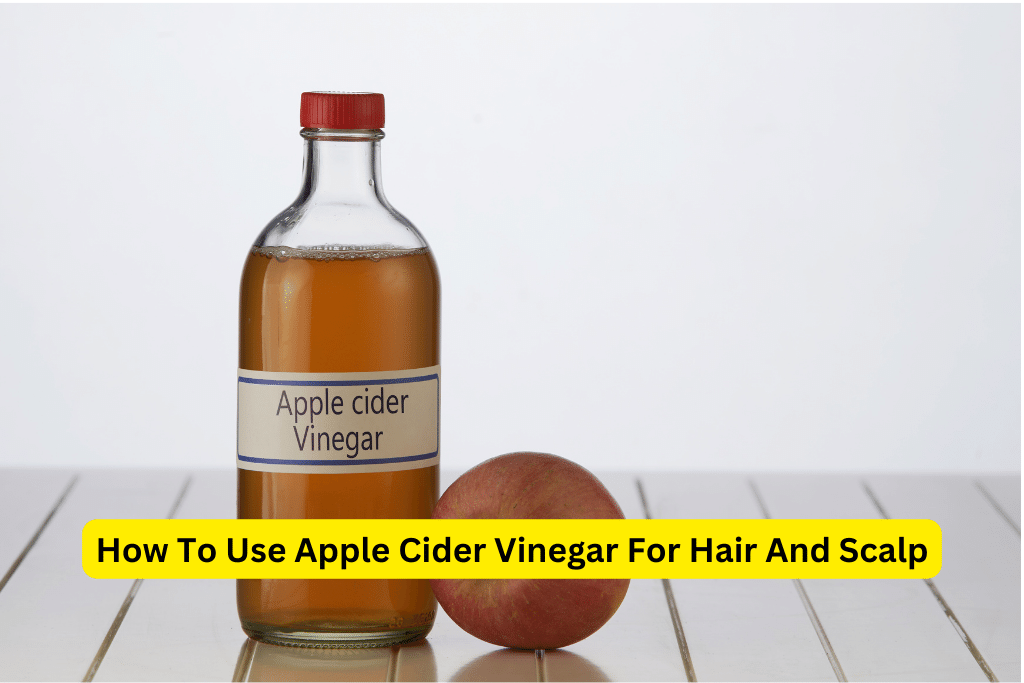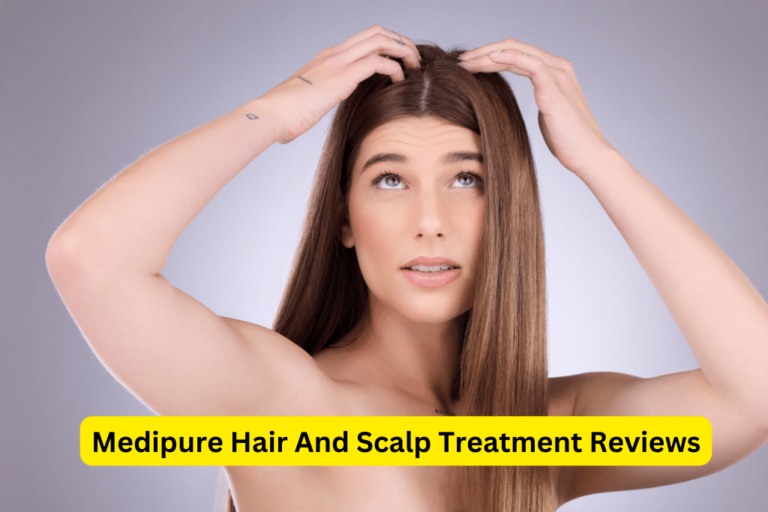Discover the Wonders of Apple Cider Vinegar for Hair
How To Use Apple Cider Vinegar For Hair And Scalp
Using apple cider vinegar for hair and scalp health has gained popularity as a natural remedy. Its effectiveness in addressing various hair concerns has made it a go-to ingredient for many. In this comprehensive guide, we will explore the benefits of apple cider vinegar for hair and scalp, how to choose and prepare the right vinegar, different application methods, incorporating it into your hair care routine, and potential side effects and precautions.
Section 1: Understanding Apple Cider Vinegar
1.1 What is Apple Cider Vinegar?
Apple cider vinegar is a type of vinegar made from fermented apple juice. It goes through a two-step fermentation process. First, the crushed apples are combined with yeast to convert the sugar into alcohol. Second, bacteria are added to the alcohol to further ferment it, turning it into acetic acid, which is the main active compound in apple cider vinegar. Additionally, apple cider vinegar contains vitamins, minerals, and antioxidants that contribute to its health benefits.
1.2 Benefits of Apple Cider Vinegar for Hair and Scalp
Using apple cider vinegar for hair and scalp offers numerous benefits. One of its standout qualities is its ability to balance the pH level of the hair and scalp. This is crucial as a balanced pH helps maintain the scalp’s natural protection and prevents common hair problems such as frizz, dullness, and even dandruff.
Apple cider vinegar is also effective in removing product build-up from the hair. It helps strip away residue left by shampoos, conditioners, and styling products, making your hair cleaner and more manageable.
Furthermore, apple cider vinegar promotes a healthy scalp. It has antimicrobial properties that can help combat scalp conditions like dandruff and itchiness. Regular use of apple cider vinegar can promote a balanced scalp environment, allowing for healthier hair growth.
Section 2: Choosing and Preparing Apple Cider Vinegar
2.1 Selecting the Right Type of Apple Cider Vinegar
When choosing apple cider vinegar, it is important to opt for organic, raw, unfiltered, and unpasteurized varieties. These types of vinegar retain the “mother,” which is a cloudy substance containing beneficial enzymes, proteins, and friendly bacteria. The mother is what gives apple cider vinegar its many health and hair care benefits.
Look for apple cider vinegar that is made from organic apples and does not contain any additives or preservatives. This ensures that you are getting the highest-quality product for your hair and scalp care.
2.2 Diluting Apple Cider Vinegar for Hair and Scalp Use
Proper dilution of apple cider vinegar is crucial to avoid any potential harm or irritation. A general rule of thumb is to mix one part apple cider vinegar with three parts water. However, the ideal vinegar-to-water ratio may vary depending on your hair type and concerns.
For normal to oily hair, you can start with the one-to-three ratio. If you have dry or sensitive hair, consider diluting it even more, using a one-to-four or one-to-five ratio. It’s essential to experiment and find the dilution that works best for your hair.
Section 3: Applying Apple Cider Vinegar to Hair and Scalp
3.1 Preparing Your Hair for Apple Cider Vinegar Treatment
Before using apple cider vinegar, it is essential to wash and condition your hair thoroughly. This ensures that your hair is clean and free from any styling products or oils that may interfere with the vinegar’s effectiveness. You can use your regular shampoo and conditioner or opt for natural alternatives that complement apple cider vinegar, such as sulfate-free and silicone-free products.
Once your hair is clean, gently pat dry with a towel or allow it to air dry.
3.2 Different Methods of Applying Apple Cider Vinegar
There are several ways to apply apple cider vinegar to your hair and scalp, each with its own benefits.
Rinsing: This is the simplest method. After diluting the apple cider vinegar, pour it over your scalp and hair, ensuring full coverage. Massage it into your scalp for a few minutes and then rinse thoroughly with cool water.
Spraying: You can create a mixture of apple cider vinegar and water in a spray bottle. Spritz the mixture onto your hair and scalp, making sure to cover all areas. Massage it into your scalp and leave it on for a few minutes before rinsing with water.
Soaking: For a more intensive treatment, you can soak your hair in a mixture of diluted apple cider vinegar and water. Ensure that your hair is fully submerged in the mixture and let it sit for 15-20 minutes. Afterward, rinse well with water. You can follow up with a conditioner if desired.
Section 4: Incorporating Apple Cider Vinegar into Your Hair Care Routine
4.1 Frequency of Apple Cider Vinegar Treatment
The frequency of apple cider vinegar treatments depends on your hair type and specific concerns. As a general recommendation, you can incorporate it into your routine once or twice a week for maintenance. If you are dealing with specific issues like dandruff or build-up, you can increase the frequency to every other day or even daily for a short period.
4.2 Enhancing the Benefits: Combining Apple Cider Vinegar with Other Ingredients
While apple cider vinegar can work wonders on its own, you can boost its effectiveness by combining it with other natural ingredients. Here are a few ideas:
Honey and Apple Cider Vinegar Mask: Mix equal parts honey and diluted apple cider vinegar to create a mask. Apply it to your hair and scalp, leave it on for 20-30 minutes, and rinse thoroughly. This mask helps moisturize the hair and scalp, promoting shine and softness.
Tea Tree Oil and Apple Cider Vinegar Tonic: Add a few drops of tea tree oil to diluted apple cider vinegar. Use this tonic as a final rinse after shampooing and conditioning. Tea tree oil has antimicrobial properties that can help combat dandruff and maintain a healthy scalp.
Section 5: Potential Side Effects and Precautions
5.1 Allergic Reactions and Sensitivities
While apple cider vinegar is generally safe to use, some individuals may experience allergic reactions or sensitivities. It is advisable to perform a patch test before applying it to your entire scalp. Apply a small amount of diluted apple cider vinegar to a small area on your skin or behind your ear and observe for any adverse reactions like redness, itching, or irritation.
5.2 Possible Interactions with Hair Treatments and Products
Apple cider vinegar can interact with certain hair treatments or products, especially those containing chemicals or medications. It is wise to consult with a healthcare professional or hairstylist if you are using specialized hair care products or undergoing any specific hair treatment. They can advise you on any potential interactions or provide guidance tailored to your individual needs.
Conclusion
Using apple cider vinegar for hair and scalp care is an excellent natural remedy with numerous benefits. By understanding apple cider vinegar, choosing the right product, and applying it correctly, you can unlock the full potential of this miracle ingredient. Incorporate apple cider vinegar into your hair care routine, experiment with different application methods and combinations, and enjoy healthier, more lustrous hair.
"Have You Seen Mike Walden's new holistic acne System yet? It's called "Acne No More" I've read the whole thing (all 223 pages) and there's some great information in there about how to naturally and permanently eliminate your acne without drugs, creams or any kind of gimmicks. I highly recommend it - it's very honest and straightforward without all the hype and b.s. you see all over the net these days. Here's the website where you can get more information:
Click Here -->AcneNoMore









